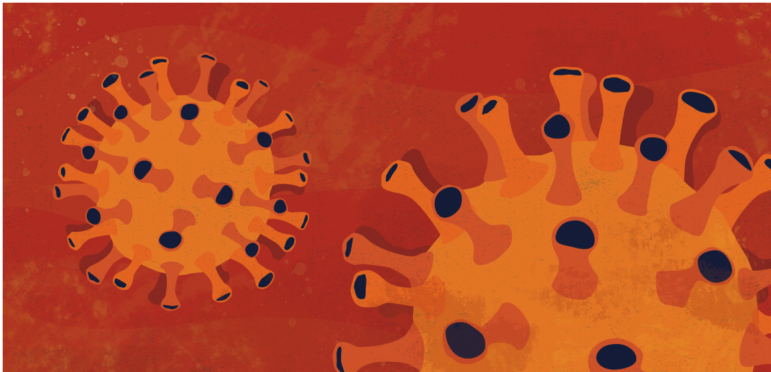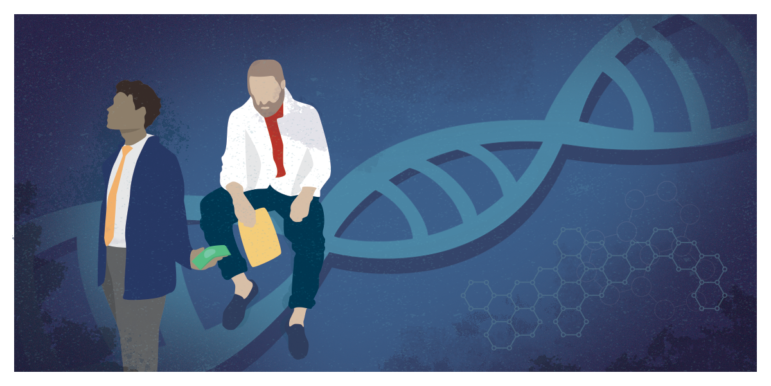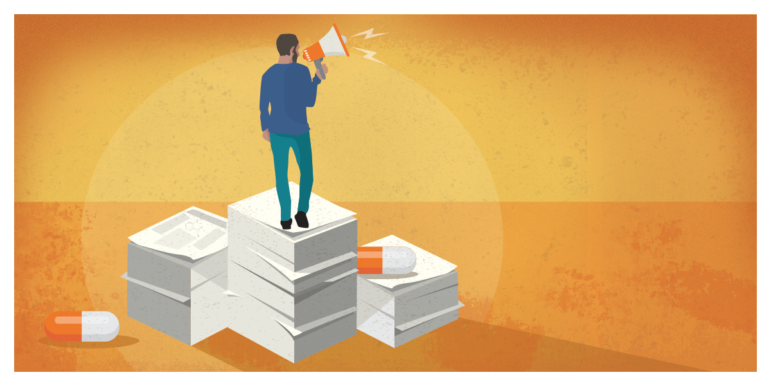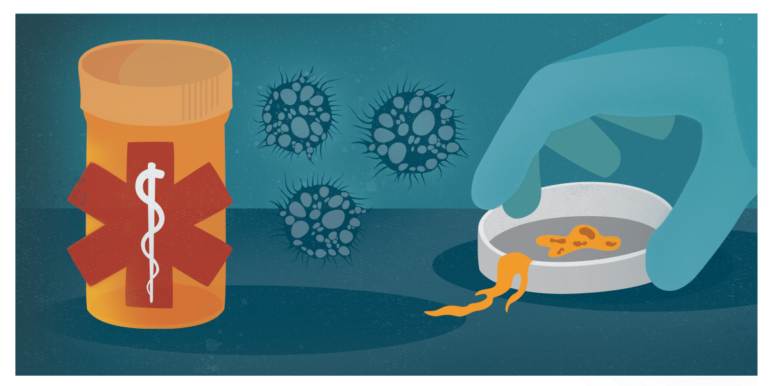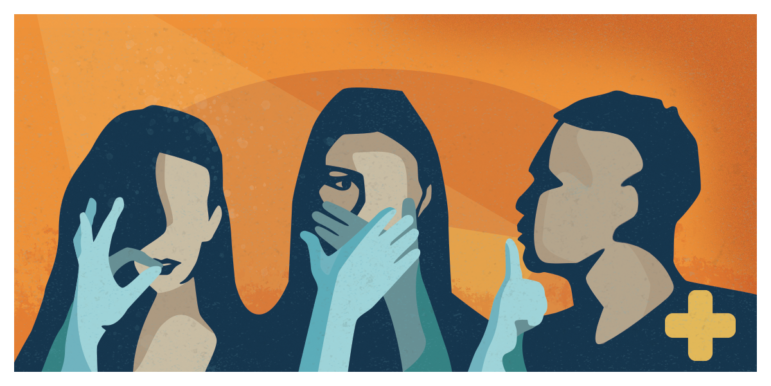Chapters
Chapter Guide Resource
Health and Medicine Guide: Preface
COVID-19 Investigating health care is complex and challenging. Reporting in this field means reading lengthy documents and getting well-acquainted with medical jargon. Numbers and statistics are also part of the game. Although the learning curve can be steep, in this specialized area of investigative journalism you’ll never run out of stories. Truly global, it’s compelling […]
Chapter Guide Resource
Health and Medicine Guide: Introduction
INTRODUCTION This guide focuses on medicines and medical devices. It aims to provide journalists with the tools and knowledge to independently assess the evidence, critically appraise the risk-benefit ratio of any given product or policy, and expose corruption and malpractice. It can be read as a textbook, one chapter at a time, or used selectively […]
Chapter Guide Resource
Health and Medicine Guide: Chapter 1
Regulating Drugs: Development & Approval Tip 1: Dig Deeper into Development & Approval If your story is about drugs, it is essential to delve into their development and approval history. There’s a trove of valuable information. Although all countries have their own regulatory agency (see Appendix), the work by the US Food and Drug Administration […]
Chapter Guide Resource
Health and Medicine Guide: Chapter 2
A Study Is Not Just a Study. Get Your Numbers Straight Tip 1: Stick to EBM and Use PICO As we stated in our introduction, using Evidence-Based Medicine (EBM), defined as “the conscientious, explicit and judicious use of current best evidence in making decisions about the care of individual patients,” as a method of investigation […]
Chapter Guide Resource
Health and Medicine Guide: Chapter 3
The Scientific Basis of Influence Tip 1: You Are Being Influenced “We are pattern seekers, believers in a coherent world.” —Nobel-prize winning psychologist Daniel Kahneman One of the first things you learn as an investigative reporter is to beware of unconscious biases, including what is known as “anchoring” or “cognitive tunneling.” Neuroscience has shown that […]
Chapter Guide Resource
Health and Medicine Guide: Chapter 4
First, Do No Harm. Reporting About Safety Once a pharmaceutical product — a drug, vaccine, or medical device — has gone through the different testing phases, and the approval process with regulatory agencies, it hits the market and can be prescribed and sold. Serious adverse events can appear when the product is widely used for […]
Chapter Guide Resource
Health and Medicine Guide: Chapter 5
Tips on Traps, Hype & Ethics Although in parts of the world investigating pharmaceuticals can be physically dangerous, in others you risk your reputation rather than your life. Drug companies often hire effective and persistent public relations managers, some of them former journalists. Much less often, lawyers will be involved. They might send aggressive letters […]
Chapter Guide Resource
Health and Medicine Guide: Appendix
Appendix A: Glossary of Terms Adverse Event Reporting (AER) Reports filed by patients and medical professionals to national and international regulatory bodies regarding adverse reactions to medical drugs and devices. See, for example, the US FDA’s system here. Bio-Markers Biological markers refer to a broad subcategory of medical signs — that is, objective indications of […]


